Disclosure: This article contains affiliate links. We may earn a commission from purchases at no extra cost to you, which helps our travel content.
The taxi driver's weathered hands tapped rhythmically on the steering wheel as we wound through Maracay's streets, the afternoon light casting long shadows across colonial facades. 'Most tourists just pass through on their way to somewhere else,' he told me with a knowing smile. 'They miss everything that makes this place special.' After spending a week immersed in this Venezuelan city nestled between mountain and lake, I understand exactly what he meant. Maracay exists in that perfect sweet spot for travelers – substantial enough to warrant exploration but still undiscovered by mass tourism. As someone who's built a career finding beauty in overlooked spaces, I found myself captivated by this city's unique blend of architectural heritage, vibrant cultural scene, and the breathtaking natural surroundings that frame its urban landscape. This isn't a city that reveals itself in Instagram highlights or quick stopovers – Maracay rewards the curious traveler willing to linger, listen, and look more deeply.
First Impressions: Navigating Maracay's Urban Landscape
Maracay greets visitors with a fascinating architectural contradiction – a city simultaneously embracing its historical bones while stretching toward modernity. The Plaza Bolívar forms the beating heart of the city center, where locals gather in the cooling shade of ancient samán trees. I spent my first morning here sketching the neoclassical lines of the Cathedral of San José, watching students from nearby universities debate politics over strong coffee.
What immediately struck me was how the city's grid layout – a colonial inheritance – creates these perfect sight lines where you can glimpse the mountains beyond the urban sprawl. This visual connection between city and wilderness feels intentional, a reminder of the natural world that cradles this urban space.
My design background drew me to the Casa de la Cultura, housed in a beautifully preserved colonial building. The interior courtyard, with its terracotta tiles and wrought iron details, demonstrates the adaptive reuse that gives Maracay its character – spaces that honor their history while serving contemporary needs.
Navigating the city proved simpler than I expected. While public transportation exists in the form of buses and shared taxis (called por puestos), I found the most efficient way to explore was a combination of walking the central areas and using ride-sharing apps for longer distances. For students on a budget, I'd recommend downloading the Offline Maps app before arriving – it saved me countless times when exploring without data service.
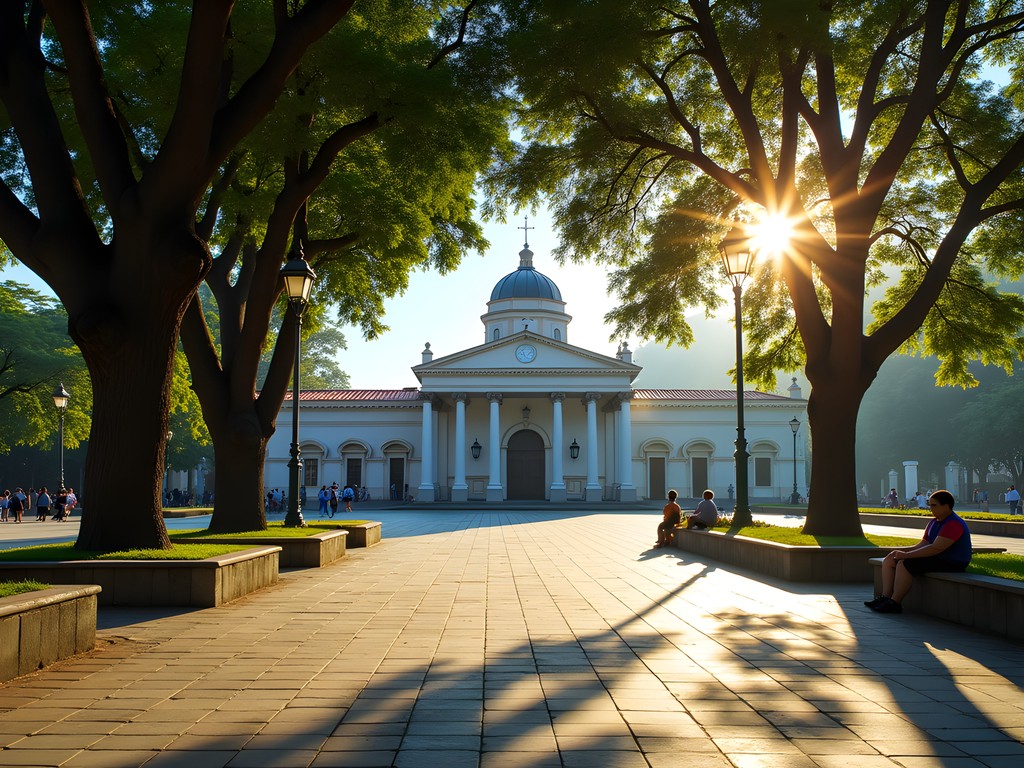
💡 Pro Tips
- The city grid makes navigation intuitive once you understand the main avenues – Bolívar, Miranda, and Bermúdez form key reference points
- Most attractions in the city center are within walking distance of Plaza Bolívar
- Carry small bills for street vendors and transportation – breaking large notes can be challenging
Henri Pittier National Park: Venezuela's Biodiversity Treasure
Just a short drive from Maracay's urban center lies Henri Pittier National Park – Venezuela's oldest national park and one of its most spectacular natural treasures. The dramatic elevation change from sea level to cloud forest creates an astonishing biodiversity corridor that left me, quite literally, breathless.
The park's accessibility from Maracay makes it perfect for day trips, though I'd recommend setting aside at least two full days to properly explore its wonders. The journey through the park takes you from humid lowlands through misty cloud forests before descending to the Caribbean coastline, with the road winding through distinct ecological zones like chapters in a natural history book.
On my second day, I joined a small guided hike led by Eduardo, a local biologist whose passion for the park's ecosystem was infectious. 'We have over 500 bird species recorded here,' he explained as we paused to watch a flock of scarlet-fronted parakeets overhead. 'That's more than many entire countries.'
The Rancho Grande Biological Station, established in 1937, offers a fascinating glimpse into the ongoing research happening within the park. For students interested in ecology or conservation, the station sometimes welcomes visitors – though arrangements should be made in advance through local tour operators.
Prepare properly for hiking in the park – the climate shifts dramatically with elevation, and afternoon rains are common. My lightweight rain jacket proved essential, as did proper hiking shoes with good traction for the sometimes slippery trails. Bring plenty of water, insect repellent, and a camera with a zoom lens if you're hoping to capture the incredible birdlife.
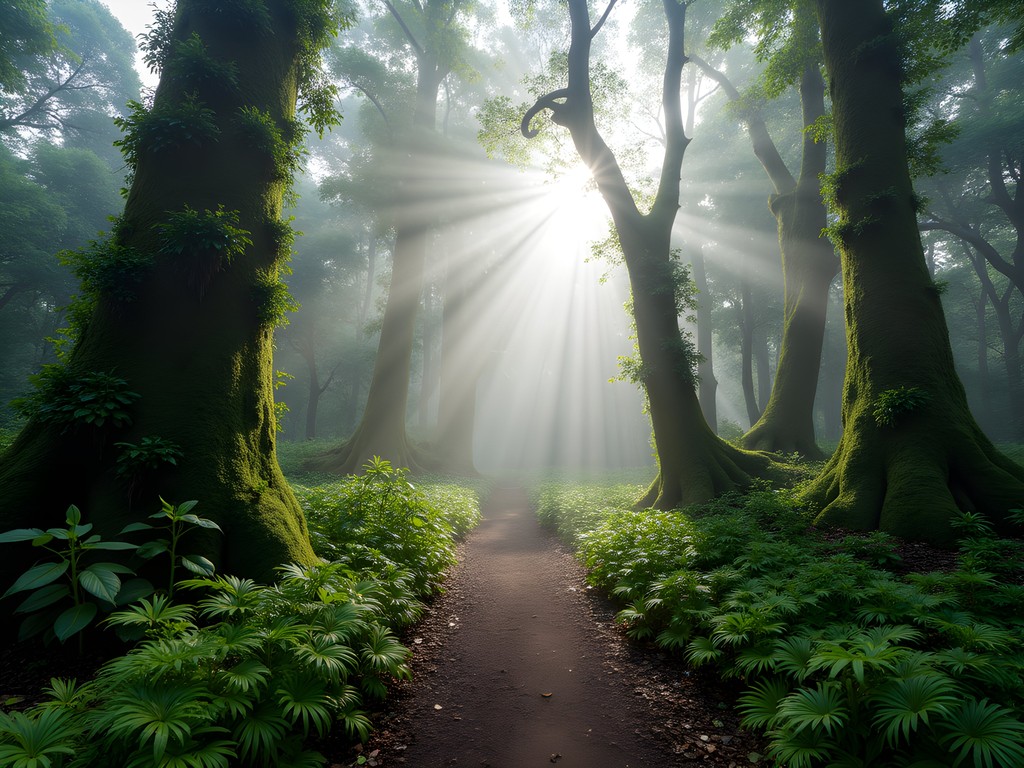
💡 Pro Tips
- Visit on weekdays to avoid local weekend crowds, especially during Venezuelan school holidays
- The Ocumare and Chuao trails lead to spectacular beaches accessible only by foot or boat
- Hiring a local guide enhances the experience tremendously – they spot wildlife you'd likely miss on your own
Cultural Immersion: Artisan Workshops and Local Markets
What consistently draws me to places like Maracay is the opportunity to connect with local makers – those keeping traditional crafts alive while infusing them with contemporary relevance. On my third day, I ventured into the San José neighborhood, where several artisan collectives have established workshops in converted residential spaces.
At Taller Manos de Aragua, I spent a fascinating afternoon with Doña Carmen, a master weaver who creates intricate textiles using techniques passed down through generations. 'Each pattern tells a story,' she explained, her fingers moving with hypnotic precision across the loom. 'This one speaks of the mountains meeting the sea – our Maracay story.'
The workshop offers informal classes for visitors interested in learning basic weaving techniques. For around 15 USD, you can spend two hours creating a small piece to take home – an experience far more meaningful than any souvenir shop purchase.
Maracay's markets provide another window into local culture. The Mercado Municipal, located near the city center, buzzes with activity from dawn until mid-afternoon. Here, vendors sell everything from tropical fruits to handmade crafts. The second level houses several small eateries where you can sample regional specialties like cachapas (sweet corn pancakes) and pabellón criollo (the national dish of shredded beef, black beans, plantains, and rice).
For students interested in Venezuelan cuisine, I recommend bringing along a pocket food dictionary to help navigate the market offerings. Many vendors speak limited English but appreciate visitors making an effort to communicate in Spanish.
Don't miss the weekend artisan market at Plaza Las Delicias, where local artists sell everything from handcrafted jewelry to contemporary paintings inspired by the region's landscapes. I found several unique pieces that now serve as touchpoints in my design studio – tangible reminders of Maracay's creative energy.
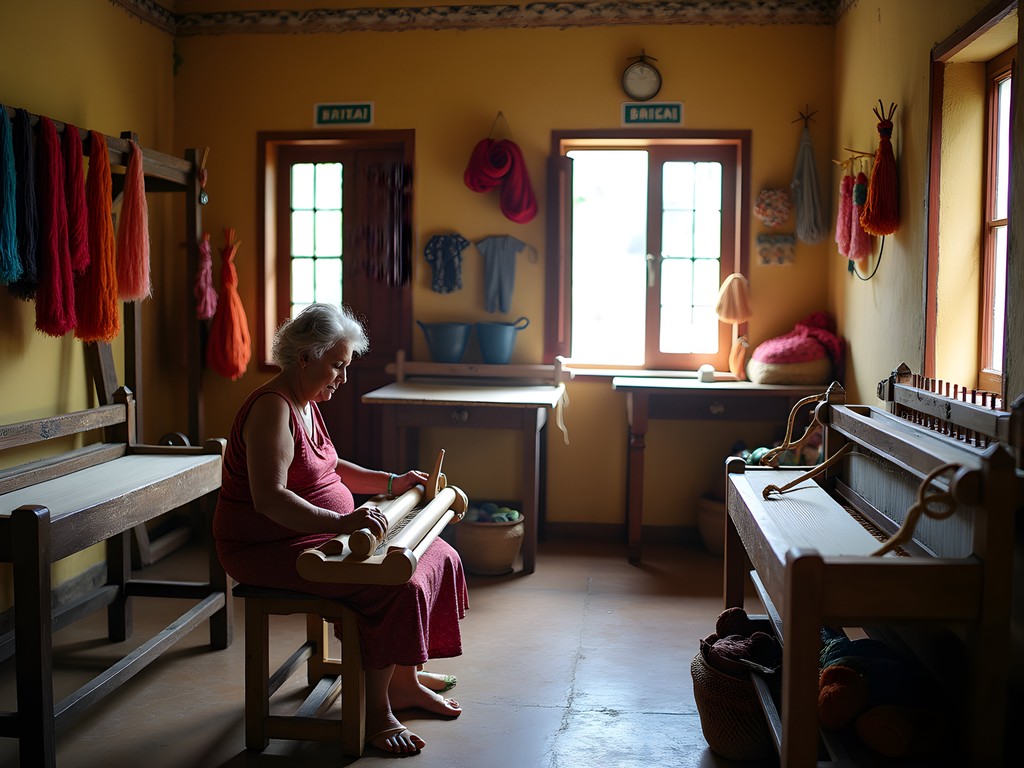
💡 Pro Tips
- Most workshops welcome visitors but appreciate advance notice – ask your accommodation to call ahead
- Bring small denominations for market purchases and be prepared to negotiate (though respectfully)
- The best time to visit the Mercado Municipal is between 8-10am when produce is freshest and crowds are manageable
Architectural Highlights: Beyond the Tourist Trail
For those with an appreciation for architectural history, Maracay offers fascinating examples of Venezuela's evolving design identity. The city experienced significant development during the dictatorship of Juan Vicente Gómez in the early 20th century, resulting in an eclectic mix of neoclassical, art deco, and modernist structures that tell the story of Venezuela's complex political history.
The Teatro de la Ópera, recently restored to its former glory, stands as a testament to Maracay's cultural ambitions. I was fortunate to attend a student performance of traditional Venezuelan music, the ornate interior providing a dramatic backdrop to contemporary interpretations of folk melodies. Check the theater's schedule upon arrival – student performances often offer steeply discounted tickets.
Perhaps my favorite architectural discovery was the Museo Aeronáutico, housed in a striking modernist building from the 1960s. Beyond the aviation exhibits inside (which are admittedly fascinating), the building itself represents a pivotal moment in Venezuelan architectural history – when the country was embracing modernism as an expression of national progress and identity.
For those interested in religious architecture, the Iglesia Matriz showcases a beautiful fusion of colonial and republican styles. I spent a quiet afternoon sketching its façade, noting how the building has been adapted and modified over centuries while maintaining its spiritual significance to the community.
To document these architectural explorations, I relied heavily on my compact travel camera. Its ability to handle both bright exteriors and dimly lit interiors made it perfect for capturing architectural details without carrying bulky equipment.

💡 Pro Tips
- Many historic buildings maintain limited opening hours – plan visits to interior spaces between 9am-4pm
- Look up! Some of the most interesting architectural details in Maracay are above street level
- The Universidad Central de Venezuela's Maracay campus features interesting examples of mid-century educational architecture and is open to respectful visitors
Lake Valencia: Environmental Lessons and Scenic Beauty
No visit to Maracay would be complete without exploring Lake Valencia (Lago de Valencia), which forms the eastern boundary of the city. This massive freshwater lake offers both natural beauty and a sobering look at environmental challenges – making it particularly relevant for students interested in ecology or environmental studies.
I recommend beginning at the Malecón, a waterfront promenade where locals gather in the evenings to socialize and enjoy the cooling breezes. From here, you can arrange boat tours that provide perspective on both the lake's natural features and the urban development along its shores.
For a deeper understanding of the lake's ecology, I joined a half-day excursion organized by the local university's environmental studies department. These occasional public tours (inquire at the Universidad de Carabobo's Maracay campus) offer insights into ongoing conservation efforts and the complex relationship between the city and its water resources.
'The lake tells our story,' explained Professor Alejandro, who led our small group. 'Its health reflects our choices as a society.' He detailed how the lake has suffered from industrial pollution and agricultural runoff, yet recent restoration efforts have shown promising results.
For independent exploration, consider renting bicycles to travel the lakeshore paths. Several small rental operations near the Malecón offer basic bikes for around 5-10 USD per day. I spent a memorable afternoon cycling to various viewpoints, my dry bag backpack keeping my camera gear safe during unexpected afternoon showers.
Birdwatchers should visit the northwestern shores early morning, where herons, egrets, and occasionally flamingos can be spotted feeding in the shallows. Bring binoculars and maintain a respectful distance to avoid disturbing these sensitive species.

💡 Pro Tips
- Morning offers the calmest water conditions and best light for photography
- Some areas of the lake have restricted access due to conservation efforts – respect posted signs
- The western shore offers the most dramatic views of the mountains reflecting in the water
Final Thoughts
As my week in Maracay drew to a close, I found myself sitting once again in Plaza Bolívar, watching the evening ritual unfold – families strolling, children playing, couples finding quiet corners for conversation. This city doesn't announce itself with grand tourist attractions or bucket-list experiences. Instead, it reveals itself gradually through everyday moments of beauty and connection. For students seeking an authentic Venezuelan experience away from the well-trodden tourist path, Maracay offers a perfect balance – accessible yet uncrowded, affordable yet rich with experiences. The city stands as a reminder that the most rewarding travel often happens in places where we can slow down enough to see beyond the surface. As I packed my sketchbooks filled with architectural details and market scenes, I realized that Maracay had given me exactly what I seek in travel: not just new sights, but new perspectives. I hope you'll discover the same.
✨ Key Takeaways
- Maracay offers an authentic Venezuelan experience with minimal tourist infrastructure – perfect for independent travelers seeking cultural immersion
- The combination of urban exploration and natural wonders makes it ideal for students with diverse interests
- Budget-friendly accommodation and food options make extended stays possible for cost-conscious travelers
- The city serves as an excellent base for exploring Henri Pittier National Park's remarkable biodiversity
📋 Practical Information
Best Time to Visit
December through March (dry season)
Budget Estimate
$30-45 USD per day including accommodation, food, and activities
Recommended Duration
5-7 days
Difficulty Level
Intermediate


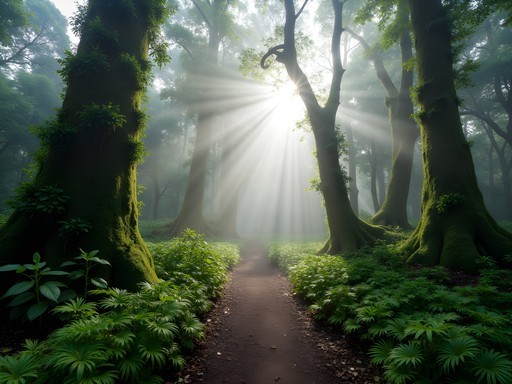
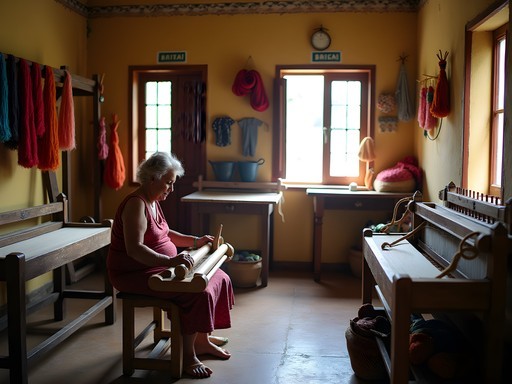

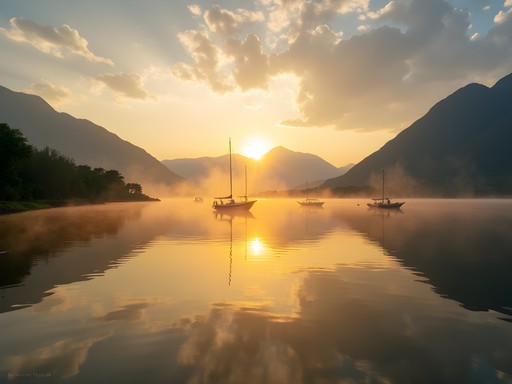



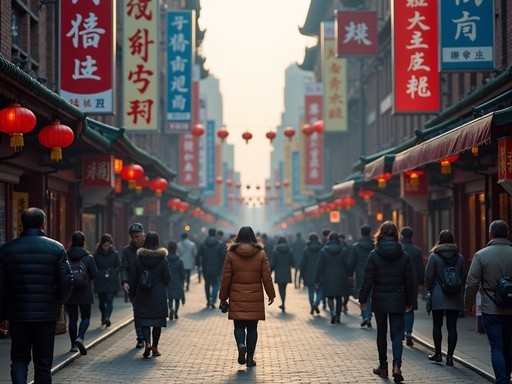
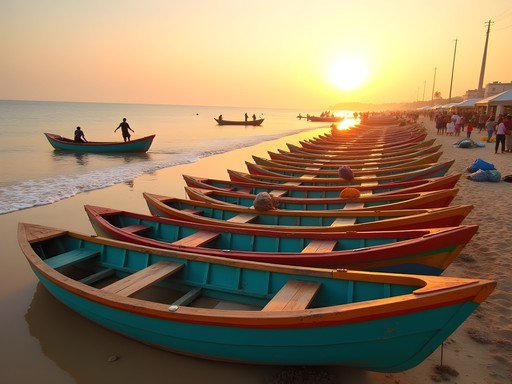
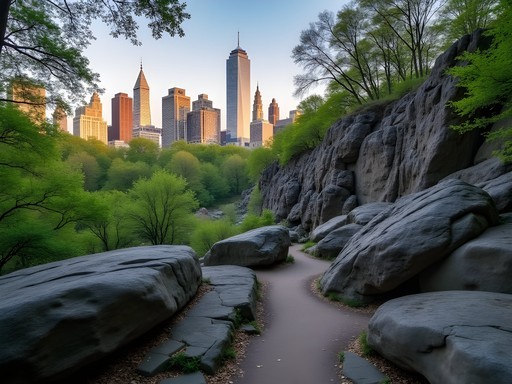
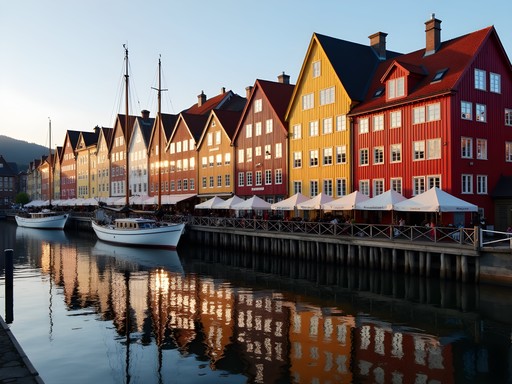
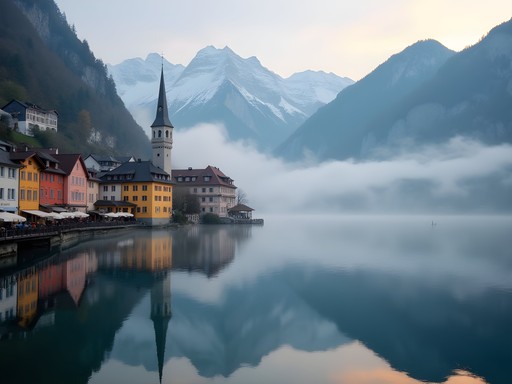
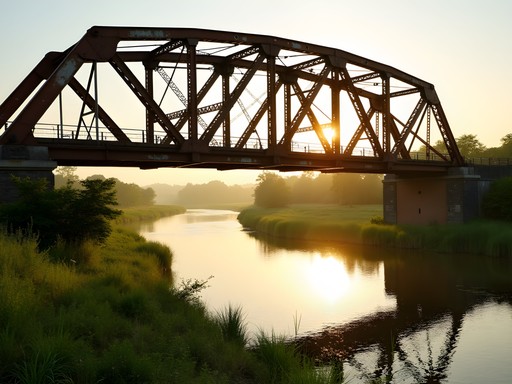
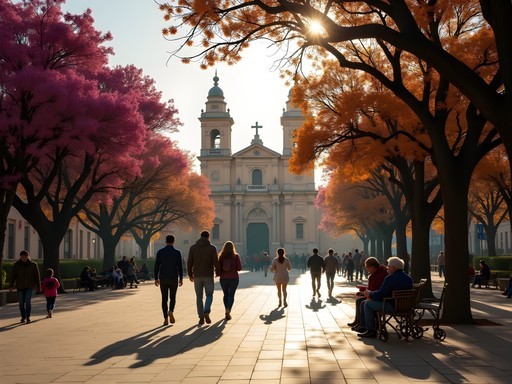
Comments
Megan Martin
Excellent coverage of Maracay, Olivia. I was there last month for a conference and extended my stay after reading your guide. For business travelers with limited time: the walking tour of the historic district takes just 2 hours and gives you a perfect overview. The Hotel Continental has excellent working spaces and reliable Wi-Fi if you need to balance work with exploration. Also worth noting - many of the artisans in the markets now accept credit cards and even digital payments, which wasn't the case a few years ago. Makes bringing back unique souvenirs for colleagues much easier!
Olivia Sanchez
Thanks for the update about digital payments, Megan! That's really helpful information for future travelers.
Jean Wells
Olivia, your narrative style captures Maracay's essence beautifully. I spent three weeks in Venezuela last year, including four days in Maracay, and found your observations remarkably accurate. The architectural contrast between colonial buildings and modernist structures tells such a fascinating story about Venezuela's economic and political evolution. One addition to your Henri Pittier National Park section - visitors should consider staying overnight at one of the research stations if possible. The dawn chorus of birds is extraordinary, and the nocturnal wildlife viewing adds another dimension entirely. I tracked wildlife with my compact binoculars which were perfect for the varied lighting conditions in the forest. For those concerned about current conditions, I found that connecting with local conservation groups beforehand provided valuable safety information and enhanced my experience through their local knowledge.
Olivia Sanchez
Jean, thank you for that excellent tip about the research stations! I wish I'd known about that option. Your point about connecting with conservation groups is spot-on too - they're often the best source of current information.
skyace
I visited Maracay last year and totally agree about getting beyond the guidebook spots! We tried the public buses to get to the artisan workshops you mentioned and it was such an adventure. The locals were super helpful despite our terrible Spanish. Those hammocks at the market are amazing quality - still use mine all the time. Did you try any of the street food near Plaza Bolívar? Those arepas with queso de mano were life-changing!
summerace
Was it safe using public transport? I've heard mixed things about Venezuela safety-wise.
skyace
We felt fine during daytime in main areas. Just used common sense - no flashy stuff, kept phones hidden, etc. Locals gave us good advice on where to go/avoid. Definitely research current situation before going though!
summerace
Those photos from Henri Pittier National Park are stunning! Never considered Venezuela before but now I'm intrigued!
Olivia Sanchez
Thanks summerace! The biodiversity there is truly incredible - over 500 bird species alone!
summerace
Wow, that's amazing! Did you need a special guide to spot wildlife?
Olivia Sanchez
Yes! I hired a local guide named Carlos through my hotel. Absolutely worth it - he knew exactly where to find toucans and howler monkeys!
freepro
Love your writing style! So immersive.
Ana Robinson
What a beautiful portrait of Maracay! We took our kids there last spring and they still talk about the butterflies in Henri Pittier. My 7-year-old counted 23 different species! The park rangers were so patient with their endless questions. We also loved that little ice cream shop you mentioned near the cathedral - my daughter said it was the 'best chocolate ice cream in the universe.' One tip for families: the Sunday morning market had wonderful activities for children, with local artisans teaching them how to make simple crafts. I recommend bringing a good insect repellent though - the natural spray worked wonders for us in the park without harsh chemicals.
vacationking
Those photos of the colonial architecture are amazing! Adding Maracay to my bucket list!
nomadking4899
Great post! How did you find the safety situation in Maracay? Planning a trip there in November and getting mixed advice from friends. Also, did you use public transport or rent a car to get to Henri Pittier?
Olivia Sanchez
Hi! I felt quite safe in the main tourist areas and Plaza Bolívar, especially during daylight hours. Like most places, just use common sense. For Henri Pittier, I actually went with a local tour group - much easier than navigating yourself and the guides know all the best spots for wildlife viewing. Public transport is doable but less reliable for park access.
nomadking4899
Thanks Olivia! Will look into those tour groups then.
springlife
Olivia, your description of Maracay took me right back! I visited last year and also fell in love with Henri Pittier National Park. Those cloud forests are magical! Did you get a chance to spot any of the rare birds? We saw three different types of toucans on our hike with a local guide named Carlos who knew EVERYTHING about the wildlife there. The artisan markets were also a highlight - I still have the handwoven bracelet I bought from that older lady near Plaza Bolívar. Your photos captured the city's charm perfectly!
freepro
The markets are amazing! Got some cool coffee beans there too.
bluestar
Just booked my trip to Venezuela including 3 days in Maracay! Your blog post was the final push I needed. Can't wait!
wanderperson1672
You're going to love it! Be sure to post your photos when you get back!
Venture X
Premium card with 2X miles, $300 travel credit, Priority Pass